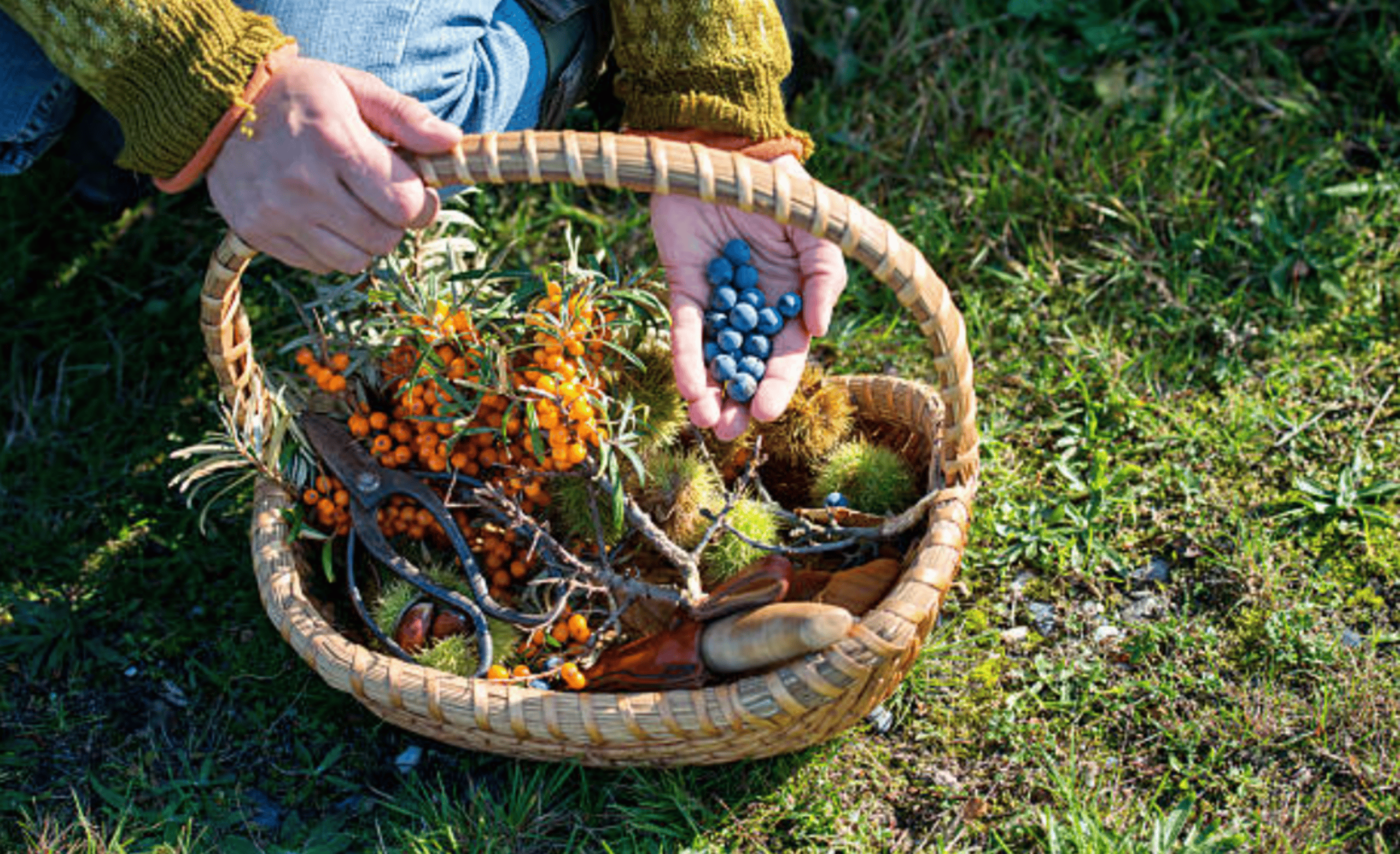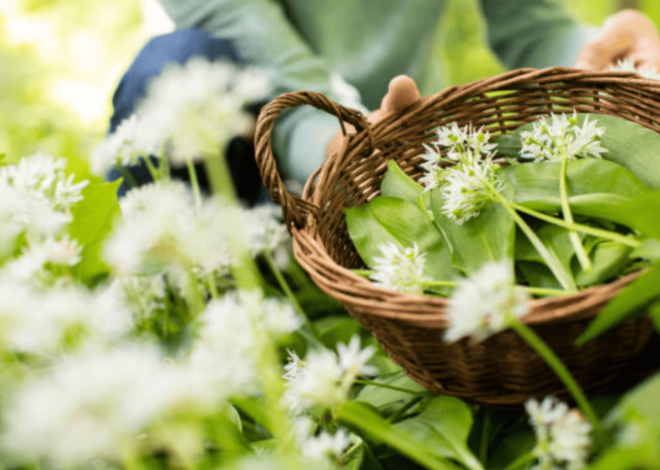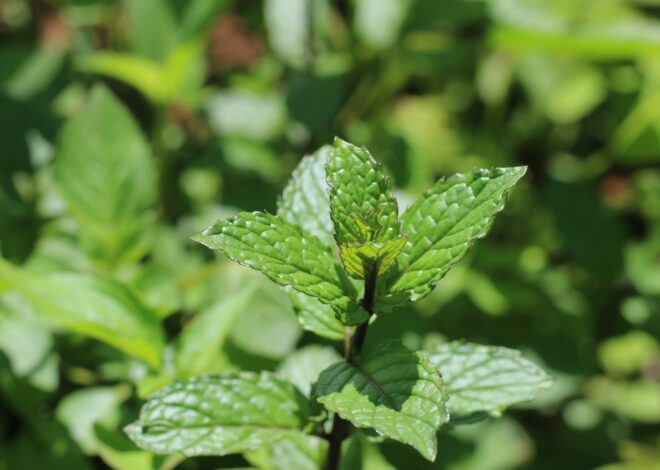
How To Forage Safely
Welcome to the ultimate guide on how to forage safely. Foraging is more than just a trend; it’s a journey into the wild, an adventure that connects you with nature and your food. Imagine wandering through a sun-dappled forest or along a babbling brook, with each step unveiling hidden treasures of edible plants and fungi.
Whether you’re seeking fresh greens for your salad, wild berries for dessert, or mushrooms to elevate your culinary creations, foraging can be both rewarding and exhilarating. But before you set off on this exciting expedition, knowing how to forage safely is crucial.
It’s not just about finding delicious treats; it’s about understanding the environment around you and respecting its boundaries. From identifying what’s safe to eat to ensuring sustainable practices in our wild spaces—there’s much to learn!
Let’s dive into the world of foraging together, exploring tips and techniques that will keep you safe while enjoying all that nature has to offer.
Benefits of Foraging
Foraging offers a unique connection to nature. It allows you to step outside and engage with the environment directly. Discovering wild edibles can be an exhilarating experience, sparking curiosity about local ecosystems.
Health benefits are abundant too. Foraged foods often boast higher nutritional value compared to store-bought options. You’ll find vibrant flavors in fresh greens, herbs, and mushrooms that you might never have tasted before.
Economically speaking, foraging is cost-effective. With a little knowledge, you can gather ingredients without spending much money. This practice encourages self-sufficiency by teaching valuable survival skills.
Additionally, foraging fosters mindfulness. As you search for edible treasures, your mind clears of distractions and reconnects with the present moment—creating a sense of peace and fulfillment that’s hard to replicate elsewhere.
Dangers of Foraging
Foraging can be an exhilarating experience, but it carries risks that shouldn’t be ignored. One major danger lies in misidentifying plants and fungi. Many edible species have toxic look-alikes, which can lead to severe illness or even death. Another risk is environmental exposure.
Being outdoors means dealing with possible hazards like thorny bushes, venomous snakes, or insects carrying diseases. It’s essential to stay alert and prepared for what’s around you. Additionally, some areas may contain contaminated soil or water due to pollution or pesticides.
Consuming food sourced from such locations can pose significant health threats. Foragers must also consider the legal implications of gathering wild food in certain regions. Trespassing on private property can lead to unwanted confrontations and legal troubles. Awareness of these dangers is vital for responsible foraging practices.
Essential Tools for Safe Foraging
When venturing into the wild foraging, having the right tools is crucial. A sturdy basket or eco-friendly bag is essential for collecting your finds. It should be breathable to allow moisture to escape and keep your goodies fresh. A good field guide can make identification easier.
Choose one with clear images and information about local flora and fungi. This helps avoid any confusion between edible varieties and their toxic lookalikes. Don’t forget a pocket knife or small scissors. These are handy for cleanly harvesting plants without causing damage to their roots or surrounding ecosystem.
A compass or GPS device will help you navigate unfamiliar terrain safely. Keeping track of where you’ve been lets you explore new areas without getting lost in the process. With these tools at your side, you’ll be better equipped for an enjoyable and safe forage adventure!
Tips for Finding Safe Foraging Locations
Finding safe foraging locations is key to a successful outing. Start by researching local parks, nature reserves, and forests where foraging is permitted. These areas often have diverse ecosystems that support various edible plants. Engage with community groups or online forums dedicated to foraging.
Local enthusiasts can share their favorite spots and provide valuable insights on what’s in season. Pay attention to the surroundings as well. Avoid areas near roadsides or industrial sites, as pollution can contaminate the flora. Look for untouched patches of land; these are more likely to yield wild edibles free from pesticides and chemicals.
Seasonal changes matter too—some plants thrive during specific times of the year, so plan your trips accordingly to maximize your finds. Always respect private property and seek permission if needed before entering any non-public spaces while searching for those hidden culinary treasures in nature.
Identifying Edible Plants and Fungi
Identifying edible plants and fungi is an exciting yet critical skill for any forager. Start by familiarizing yourself with common species in your area. Invest time in learning the distinctive features of each plant or mushroom. Look closely at leaf shapes, flower patterns, and growth habits.
Many edible plants have look-alikes that can be toxic. Always consult a reliable field guide or use mobile apps designed for plant identification. When it comes to mushrooms, remember that the colors and textures vary widely among species. Spore prints can help you confirm identities—just ensure you’re using the right technique to avoid confusion.
Don’t hesitate to join local foraging groups or workshops where experienced foragers share their knowledge. Hands-on experience coupled with expert guidance will boost your confidence significantly as you learn to distinguish between safe finds and harmful ones.
Proper Harvesting Techniques
When foraging, the way you harvest is just as important as what you pick. Take time to observe each plant’s growth pattern before making your cut. This helps ensure a sustainable approach. Use clean, sharp tools like scissors or small knives for cutting herbs and greens.
For mushrooms, twist them gently at the base rather than pulling them out of the ground. This minimizes damage to their mycelium. Be mindful of how much you’re harvesting. Always leave enough behind so that plants can continue to grow and provide food in the future.
If you’re picking berries or fruits, choose ripe specimens while avoiding those that are overripe or damaged. This ensures quality in your finds. Remember to avoid disturbing wildlife habitats during your harvesting process; they play an essential role in maintaining ecosystem balance and health.
Safety Precautions while Foraging
When foraging, safety should always be your top priority. Start by informing someone about your plans. Let them know where you’re going and when you expect to return. Always wear appropriate clothing. Long pants and sturdy boots can protect against scratches or bites from plants and insects.
A hat and sunscreen will shield you from the sun. Be aware of your surroundings. Avoid areas near heavy foot traffic, roads, or industrial sites where pollutants may linger in the soil or plants. Keep a first aid kit handy for minor injuries like scrapes or insect bites. It’s also wise to carry water to stay hydrated during your adventure.
If you’re unsure about a plant’s edibility, don’t take risks—leave it alone! Trusting your instincts is essential; if something doesn’t feel right, step back and reassess the situation before proceeding further into nature’s bounty.
How To Preserve Your Foraged Finds
Preserving your foraged finds is essential to enjoy them long after the season has passed. Start by cleaning your treasures gently to remove dirt and insects. Use a soft brush or cloth, especially for delicate mushrooms. Drying is a popular method for herbs, fruits, and some vegetables.
Spread them on a clean surface in a well-ventilated area away from direct sunlight. Alternatively, use a dehydrator or an oven set to low heat. For those who prefer liquids, consider making syrups or infusions. Combine your foraged berries with sugar and water to create delightful syrups that can sweeten drinks or desserts.
Freezing works wonders too! Most greens like wild spinach can be blanched briefly before freezing. This helps retain their vibrant color and nutrients. Experiment with pickling as another option; it adds flavor while extending shelf life significantly! Just remember to follow safe canning guidelines when storing anything in jars.
Resources for Further Learning
Foraging is an evolving practice, and staying informed is crucial. Numerous resources can enhance your knowledge and skills. Books dedicated to foraging are invaluable. Titles like “The Forager’s Harvest” by Samuel Thayer offer in-depth insights. They cover identification techniques, preparation methods, and safety tips.
Online courses provide another avenue for learning. Websites such as Coursera or Udemy often feature classes on wild food foraging conducted by experts. Join local foraging groups or workshops to connect with experienced foragers. This hands-on approach allows you to learn from others’ experiences while building a community around shared interests.
Podcasts related to gardening, nature, and sustainability often delve into foraging topics too. Listening during your daily commute can expand your understanding seamlessly. Utilizing social media platforms like Instagram or Facebook can expose you to vibrant communities sharing their finds and tips in real-time.
Sustainable Foraging Practices
Sustainable foraging is about respecting nature while enjoying its bounty. It involves taking only what you need and ensuring that ecosystems remain balanced. Always look for abundant species. Avoid overharvesting any single plant or mushroom to allow populations to regenerate naturally.
This practice not only preserves the environment but also ensures future harvests. When you forage, be mindful of the habitats you’re in. Stick to designated areas where foraging is allowed, and avoid disturbing wildlife or their homes.
Leave some plants behind; this allows them to continue thriving in their environment. Consider spreading seeds from your finds as a gesture of appreciation back to nature. Educate yourself on local regulations regarding foraging practices. Responsible harvesting promotes biodiversity and helps maintain healthy ecosystems for generations to come.
Common Mistakes to Avoid When Foraging
One common mistake is not researching local regulations. Many areas have specific rules about foraging, especially in protected parks or reserves. Always check before you venture out. Another pitfall is misidentifying plants and fungi.
Relying on a single guidebook can be risky; it’s best to consult multiple sources or join a local group for hands-on learning. Forgetting to bring essential tools can lead to frustration. A sharp knife, reusable bags, and gloves are critical for an efficient harvest.
Additionally, overharvesting poses a threat to ecosystems. Taking too much from one area can deplete resources and harm wildlife habitats. Neglecting your surroundings can lead to accidents or getting lost. Always pay attention to landmarks and carry a map or GPS device when exploring new territory.
Conclusion: Safety and Responsibility of Foraging
Foraging can be a rewarding adventure that connects you with nature and provides fresh, nutritious food. However, it comes with responsibilities. Understanding how to forage safely is crucial not only for your health but also for the environment.
Always prioritize safety by learning to identify edible plants and fungi accurately. Equip yourself with essential tools and practice proper harvesting techniques to minimize harm to both yourself and the ecosystem. Be mindful of where you forage; local regulations may dictate what areas are safe or legal for gathering wild foods.
Educating yourself through reliable resources will enhance your skills while ensuring responsible practices. Sustainable foraging isn’t just about finding food; it’s about preserving natural habitats for future generations.
Avoid common mistakes by taking your time to learn before diving into the world of wild edibles. Respecting nature should be at the forefront of every forager’s mind, ensuring that this beautiful activity remains available for all who wish to experience its joys.
Engage in this journey thoughtfully, embracing the wonders of nature while keeping safety as a top priority. By doing so, you’ll create fulfilling experiences that nourish both body and soul without compromising our planet’s well-being.



